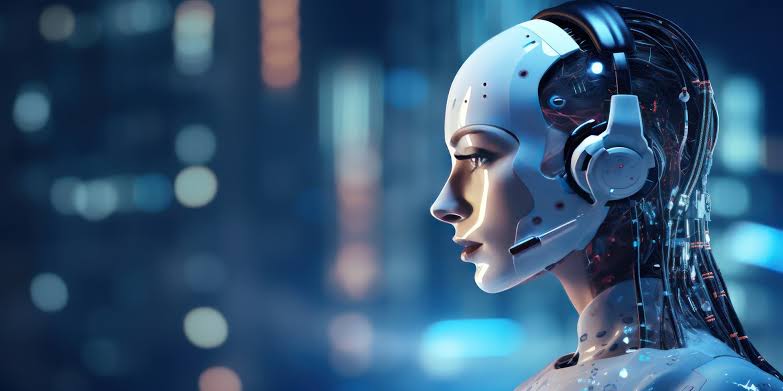
The world of artificial intelligence continues to revolutionize creative industries, with AI image generators leading the charge. From creating hyper-realistic visuals to transforming text into art, these tools are redefining how we think about design and creativity. But what’s on the horizon for AI image generators? Let’s explore the advancements, challenges, and future applications of this technology.
The Evolution of AI Image Generators
AI image generators have come a long way since their inception. Initially, these tools were limited in scope, capable of creating only rudimentary or abstract images. Today, they’re powered by cutting-edge machine learning models like GANs (Generative Adversarial Networks) and diffusion models, enabling them to produce highly detailed and customizable visuals.
A key advancement lies in their accessibility. Platforms like Adobe Firefly now make it easy for anyone, from professional designers to casual creators, to harness AI’s potential. This Helps to use an image generator AI for projects that require both speed and precision, empowering creators to meet tight deadlines without compromising on quality.
Emerging Trends in AI Image Generation
- Hyper-Personalization
Personalization is becoming a cornerstone of AI image generators. Future tools will likely integrate deeper with user data, enabling creators to produce visuals tailored to individual preferences and needs. This trend is particularly relevant in industries like e-commerce, where customized visuals can drive engagement and sales. - Real-Time Collaboration
AI-powered tools are poised to become collaborative platforms. Imagine multiple team members working simultaneously on a single project, with the AI offering suggestions, refining designs, and ensuring brand consistency in real time. Such features could revolutionize workflows across marketing, design, and content creation. - Augmented Reality (AR) and Virtual Reality (VR)
The integration of AI-generated visuals into AR and VR environments is another exciting frontier. Companies are already experimenting with AI tools to create immersive experiences, from virtual showrooms to interactive gaming worlds. As hardware becomes more accessible, these applications are expected to grow exponentially.
Challenges and Ethical Considerations
While the potential of AI image generators is immense, there are challenges to address:
- Copyright Issues: Determining the ownership of AI-generated images is a legal gray area. Artists and developers must navigate the balance between creativity and intellectual property rights.
- Bias in AI Models: AI systems are only as unbiased as the data they’re trained on. Ensuring diversity in training datasets is critical to avoiding stereotypes and promoting inclusivity.
- Environmental Impact: Training and running large AI models consume significant energy. Innovations in energy-efficient AI are needed to mitigate environmental concerns.
Practical Applications of AI Image Generators
The versatility of AI image generators makes them indispensable across various fields:
- Marketing and Advertising: Brands can quickly create ad visuals tailored to specific demographics, saving time and resources.
- Education: Teachers can use AI-generated visuals to make learning materials more engaging and accessible.
- Healthcare: AI tools are being explored for generating medical images and simulations, aiding in diagnostics and training.
- Entertainment: From movie posters to video game graphics, the entertainment industry is leveraging AI for creative storytelling.
The Road Ahead
As technology advances, AI image generators will only become more sophisticated and integrated into our daily lives. To stay ahead, creators and businesses should:
- Invest in Learning: Understanding how AI tools work and their capabilities can give you a competitive edge.
- Experiment with Tools: Platforms like Adobe Firefly offer a great starting point for exploring the possibilities of AI-generated visuals.
- Stay Informed: Keep up with industry trends and innovations to adapt and thrive in this rapidly evolving space.
AI image generators are no longer just tools for creating visuals; they’re becoming integral to how we innovate, communicate, and solve problems. With thoughtful development and responsible use, the future of this technology promises to be as inspiring as the art it creates.
Stay in touch to get more updates & news on Magazine.co.com!